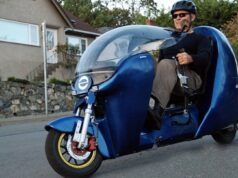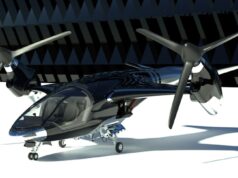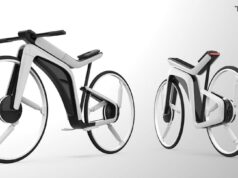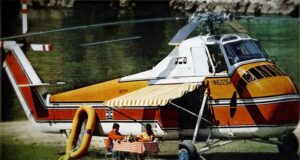This aspect of hauling liquid loads can be very intimidating at first for the driver. Some tankers have Bulkheads or baffles and some don’t. Anti-slosh devices such as baffles are widely used in order to limit the adverse liquid slosh effect on directional performance and stability of the tank vehicles.
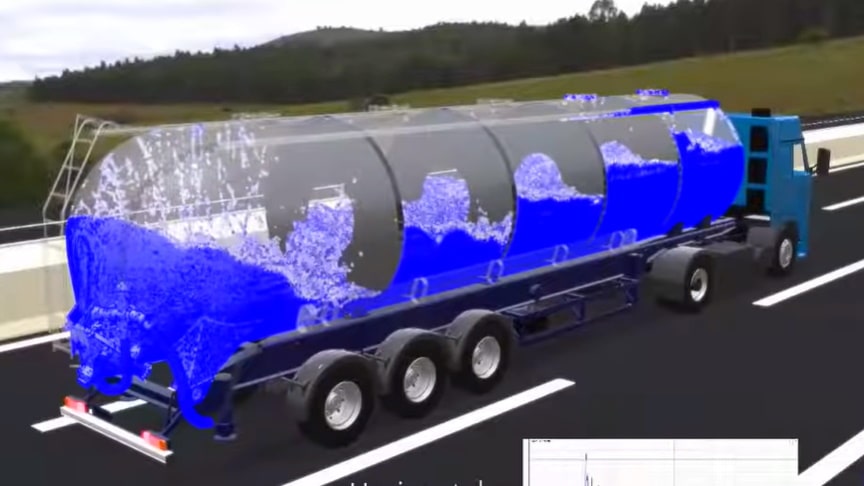
Liquid sloshing strongly influences the directional dynamics and safety performance of highway tank vehicles in a highly adverse manner.
Hydrodynamic forces and moments arising from liquid cargo oscillations in the tank under steering and/or braking maneuvers reduce the stability limit and controllability of partially-filled tank vehicles.
Advertisement
Anti-slosh devices such as baffles are widely used in order to limit the adverse liquid slosh effect on directional performance and stability of the tank vehicles. Since most of the time, tankers are carrying dangerous liquid contents such as ammonia, gasoline and fuel oils, stability of partially-filled liquid cargo vehicles is very important.
Optimizations and sloshing reduction techniques in fuel tanks such as elliptical tank, rectangular, modified oval and generic tank shape have been performed in different filling levels using numerical, analytical and analogical analyses. Most of these studies concentrate on effects of baffles on sloshing while the influence of cross-section is completely ignored.


